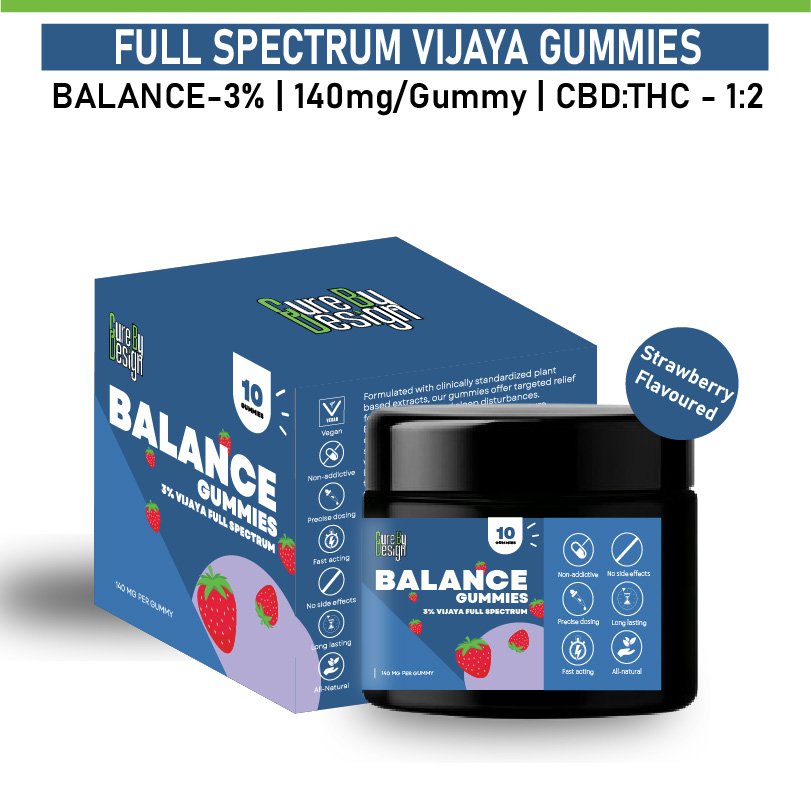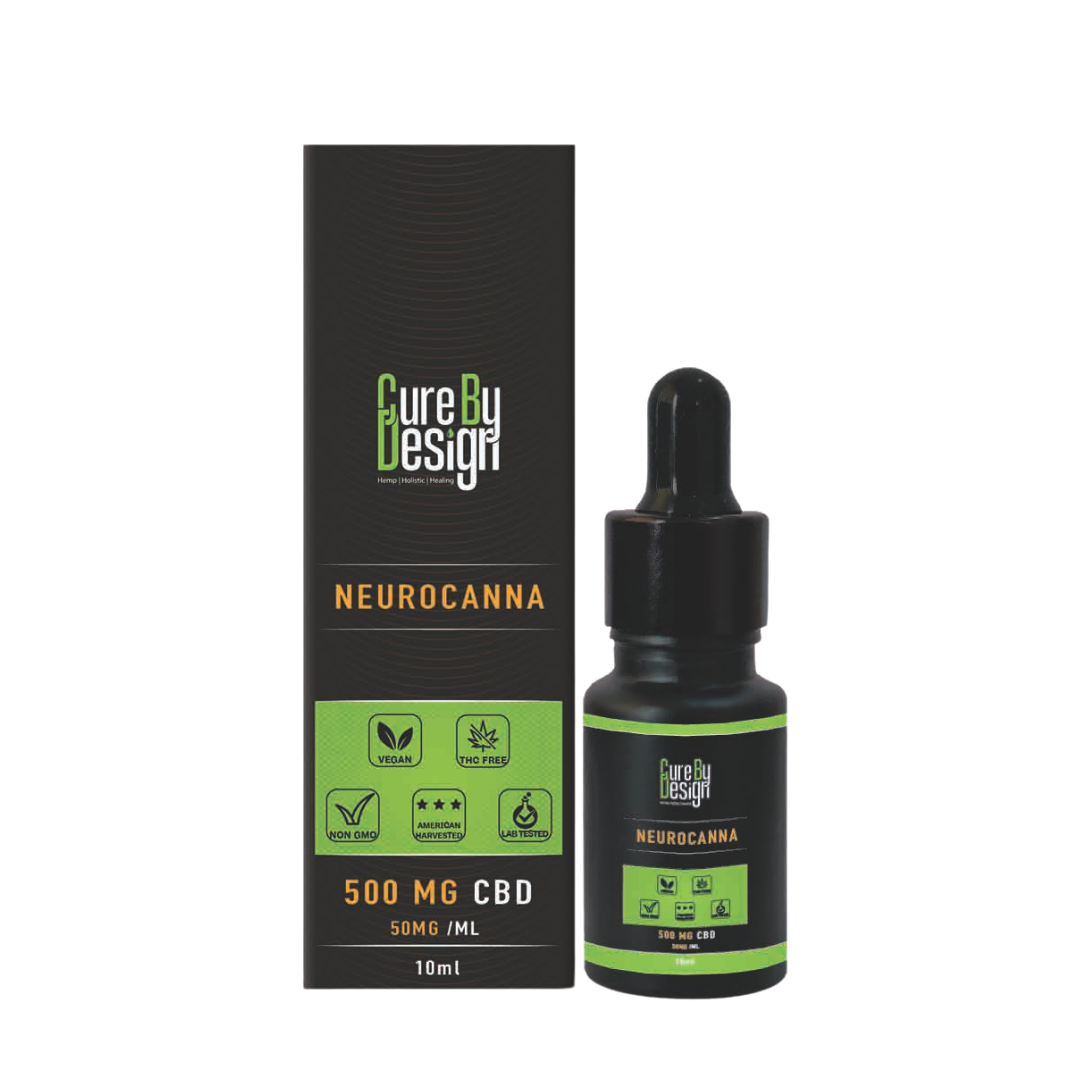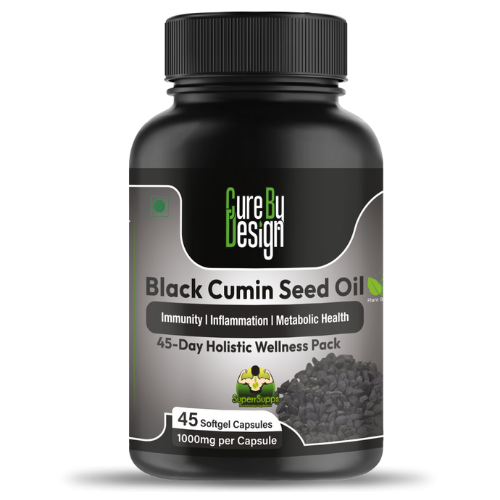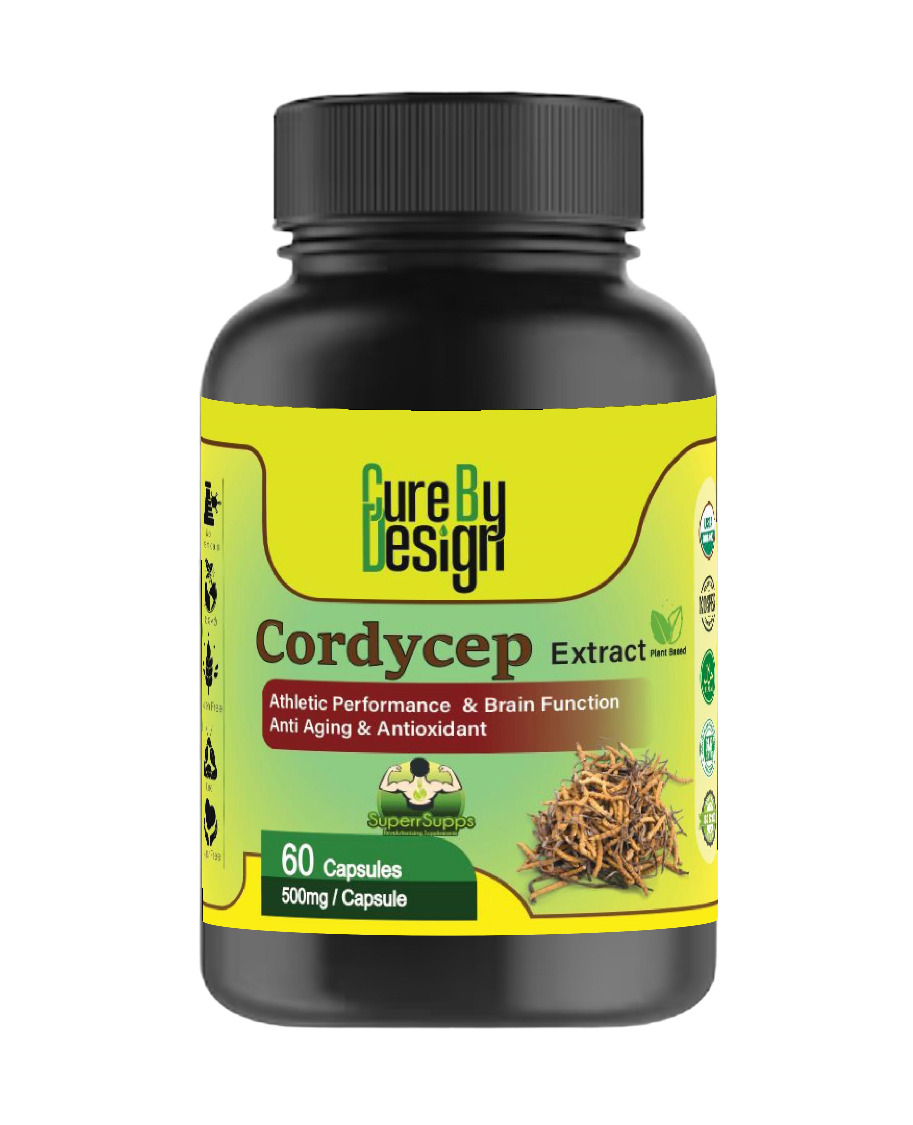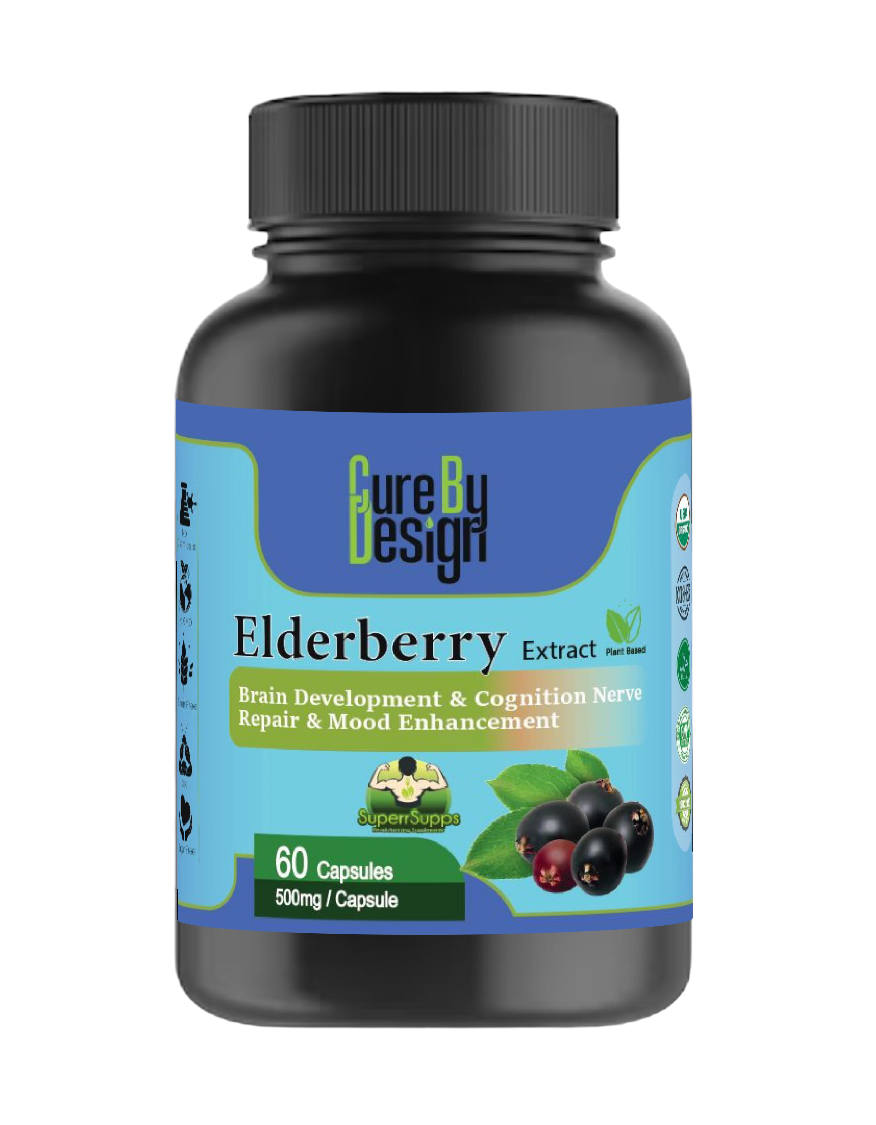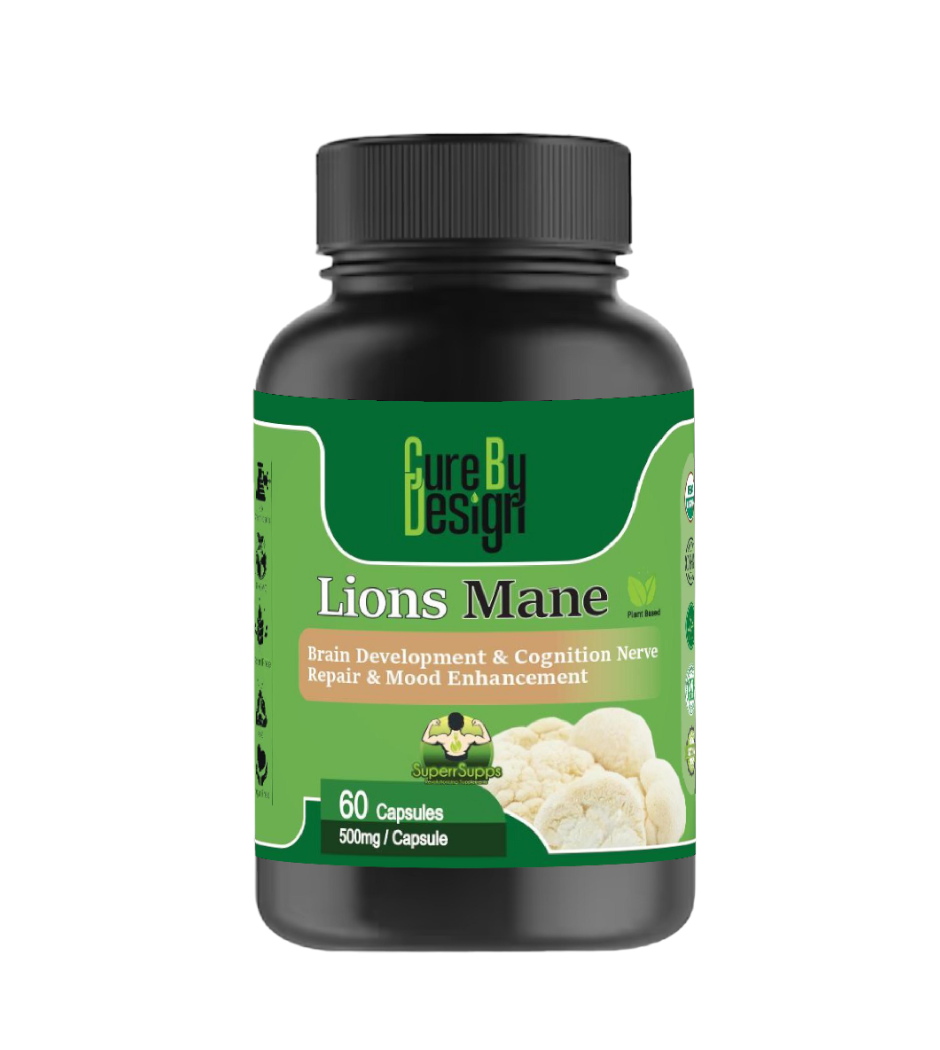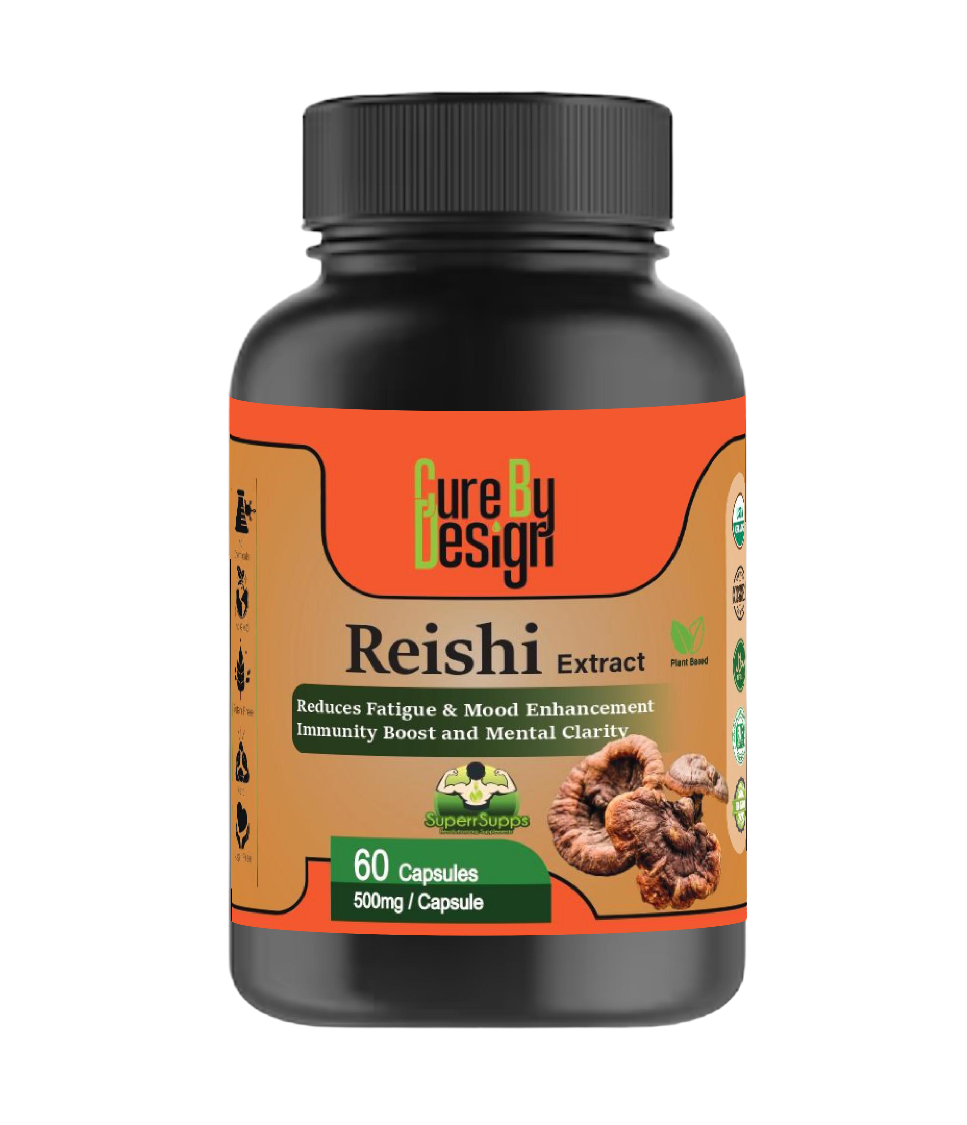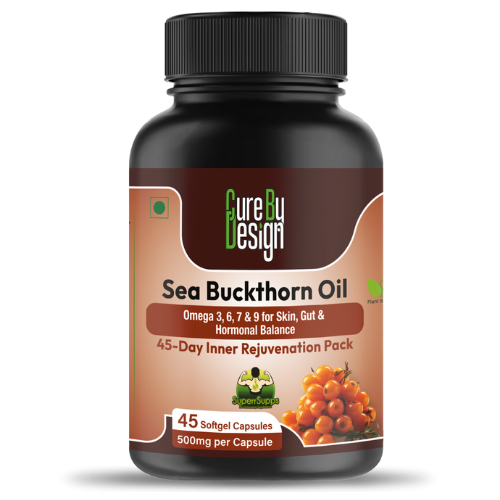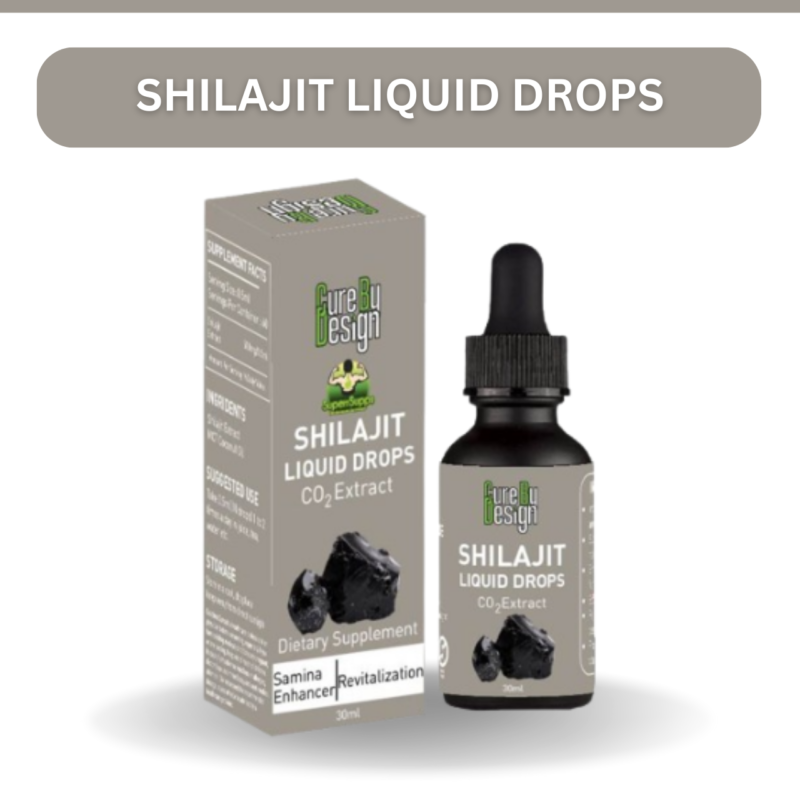Best Cannabis Strains for Pain Relief: Indica, Sativa, or Hybrid?

Chronic pain affects millions, and many seek relief beyond traditional medications. Cannabis offers a promising alternative, with indica, sativa, and hybrid strains each providing unique benefits. Indica strains are known for their relaxing and sedative effects, often helping with muscle spasms and nerve pain at night. Sativas tend to energize users while managing pain without causing sedation, making them fit for daytime use. Hybrids blend these traits to balance relief and functionality throughout the day. THC helps reduce pain signals but can cause psychoactive effects, while CBD offers anti-inflammatory benefits without intoxication. Finding the right strain often means starting low and going slow to address individual needs effectively.
Table of Contents
- How Cannabis Helps Manage Different Types of Pain
- Effects of Indica Strains on Pain and Sleep
- Daytime Pain Relief with Sativa Strains
- Hybrid Strains: Balancing Pain Relief and Function
- How THC, CBD, and Terpenes Work Together for Pain
- What Patients Say About Using Cannabis for Pain
- How to Choose the Right Strain and Dosage for Pain
- Top Cannabis Strains Recommended for Pain Relief in 2024
- Legal and Safety Considerations When Using Cannabis for Pain
- Frequently Asked Questions
How Cannabis Helps Manage Different Types of Pain

Cannabis helps manage pain by interacting with the body’s endocannabinoid system, which plays a key role in regulating pain perception. The two main cannabinoids, THC and CBD, offer different ways to relieve pain. THC binds to CB1 and CB2 receptors in the brain and nervous system, often providing strong relief for acute and severe pain by altering how pain signals are processed. CBD, on the other hand, reduces inflammation and chronic pain without causing psychoactive effects, making it useful for ongoing conditions like arthritis or neuropathy. Terpenes, the aromatic compounds found in cannabis, also contribute by reducing inflammation and boosting the effects of cannabinoids, creating a more comprehensive pain relief experience. Cannabis has shown promise in easing various types of pain, including nerve-related pain, muscle spasms, arthritis, and even cancer-related discomfort. However, individual responses vary widely depending on genetics, the type of pain, and the specific cannabis strain used. Many patients find that pain relief from cannabis comes with added benefits such as better sleep and lower anxiety, which can further improve quality of life. Importantly, cannabis may help reduce dependence on opioids and traditional painkillers, offering a safer alternative for some. For best results, a low-and-slow approach to dosing is recommended to balance effective pain control with minimal side effects.
- Cannabis interacts with the body’s endocannabinoid system to reduce pain perception.
- Different cannabinoids like THC and CBD provide distinct pain relief mechanisms.
- THC often targets acute and severe pain by binding to CB1 and CB2 receptors.
- CBD helps reduce inflammation and chronic pain without psychoactive effects.
- Terpenes in cannabis add to pain relief by reducing inflammation and enhancing cannabinoid effects.
- Cannabis can help with neuropathic pain, muscle spasms, arthritis, and cancer-related pain.
- Individual responses vary depending on genetics, pain type, and cannabis composition.
- Pain relief from cannabis is often accompanied by improved sleep and reduced anxiety.
- Using cannabis may reduce reliance on opioids and traditional painkillers.
- A low-and-slow approach to dosing is recommended to find the best balance of relief and side effects.
Effects of Indica Strains on Pain and Sleep

Indica strains are well-known for their calming and sedative effects, which help relax both the mind and body. This makes them particularly effective for managing chronic pain conditions such as muscle spasms, neuropathic pain, and arthritis. The higher THC content in many indica strains plays a key role in their strong pain-relieving properties, while CBD and other cannabinoids contribute to reducing inflammation and discomfort. Indicas also promote deeper, more restful sleep, which is crucial for patients whose pain often disrupts their ability to rest. Popular strains like Northern Lights, Granddaddy Purple, Hindu Kush, and Purple Kush are frequently chosen for these benefits. Due to their sedating effects, indica strains are generally recommended for nighttime use to not only ease pain but also to help reduce muscle tension and body aches. In addition, these strains may alleviate anxiety associated with chronic pain, providing a more comprehensive sense of relief. However, it’s important for patients to start with low doses to avoid side effects such as dizziness or excessive sedation, allowing them to find the ideal balance for their symptoms.
Daytime Pain Relief with Sativa Strains

Sativa strains are a solid choice for managing pain during the day because they offer uplifting and energizing effects that help you stay active and focused. Unlike indica strains, sativas usually don’t cause heavy sedation or fatigue, making them suitable for people who need to maintain alertness while coping with pain. They are especially helpful for nerve pain and certain chronic conditions where staying productive is important. Common sativas like Jack Herer, Durban Poison, and Sour Diesel are known for their high THC content paired with lower sedative qualities, which can reduce pain perception while boosting mood and mental clarity. The cerebral effects of sativa strains can also provide a useful distraction from pain sensations, making discomfort easier to manage without feeling bogged down. Additionally, sativas may help fight the fatigue often linked to chronic pain, giving users a bit of extra energy. It’s important to note that these strains might not be the best choice for evening use, as their stimulating properties could interfere with sleep. As with any cannabis use, starting with a low dose is advised to minimize unwanted side effects and find the right balance for your pain relief needs.
Hybrid Strains: Balancing Pain Relief and Function
Hybrid cannabis strains blend indica and sativa traits to offer a balanced experience that can be tailored to individual pain relief needs. Depending on whether the hybrid leans more toward indica or sativa, patients can find strains that provide either soothing sedation or uplifting mental clarity. This makes hybrids especially useful for those who want effective pain relief without feeling overly sedated or mentally foggy. Popular hybrids like Blue Dream, OG Kush, White Widow, and Girl Scout Cookies deliver a mix of body relaxation and mild cerebral stimulation, helping manage pain while supporting focus and mood. These strains are often effective against muscle spasms, neuropathic pain, and inflammatory pain, and they can also ease related symptoms such as anxiety and depression. The balanced THC and CBD ratios found in many hybrids help minimize side effects like anxiety or intoxication, making dosing more manageable. Because hybrids can suit both daytime and evening use, patients can choose strains that fit their pain relief needs while maintaining function. Personalizing dosage is key to maximizing benefits without unwanted sedation or psychoactive effects, ensuring hybrids serve as a versatile option in a pain management plan.
How THC, CBD, and Terpenes Work Together for Pain
THC reduces pain by binding to cannabinoid receptors in the nervous system, which helps block pain signals and ease discomfort. It is especially effective for acute or severe pain but can cause psychoactive effects like euphoria. On the other hand, CBD offers pain relief mainly through its anti-inflammatory and analgesic properties without causing intoxication. It also helps balance THC’s effects, often reducing anxiety or paranoia that some users may experience. Terpenes, the aromatic compounds found in cannabis, play an important role as well. For example, caryophyllene interacts with cannabinoid receptors and has anti-inflammatory benefits, contributing to pain relief. When cannabinoids like THC and CBD work together with terpenes, they create what’s known as the entourage effect, enhancing the overall therapeutic impact beyond what each compound can do alone. Strains with balanced THC and CBD ratios often provide broad pain control while minimizing side effects. Different terpenes bring unique qualities, such as calming or mood-lifting effects, which can further improve comfort and well-being. For patients who want pain relief without feeling high, high-CBD strains are a good choice. Meanwhile, those needing stronger relief for intense pain episodes might find THC-rich strains more effective. Understanding the mix of cannabinoids and terpenes in a strain helps tailor cannabis use to individual pain types and personal preferences, making treatment more precise and effective.
What Patients Say About Using Cannabis for Pain
Many patients find indica strains especially helpful for managing pain and improving sleep quality, noting that these strains provide relaxing and sedative effects that ease muscle spasms and chronic discomfort. Others prefer sativa strains because they allow them to stay energized and maintain a positive mood while still alleviating pain, which is important for daytime use. A common theme among users is the reduced need for opioid medications after incorporating cannabis into their pain management routine. People dealing with neuropathic pain, arthritis, and muscle spasticity often report noticeable relief. While some mention mild side effects such as dizziness or dry mouth, these are generally manageable and do not outweigh the benefits. Patients stress how crucial it is to select the right strain and dose, as well as to have consistent, high-quality products from trusted dispensaries. Many also experience improvements in anxiety and depression related to chronic pain, which adds to their overall quality of life. The way cannabis is consumed matters too: smoking or vaping offers quicker relief, while edibles provide longer-lasting effects but with slower onset. Access to medical guidance and support helps patients feel more confident about their choices and improves outcomes by tailoring treatment to individual needs.
How to Choose the Right Strain and Dosage for Pain
Choosing the right cannabis strain and dosage for pain relief involves a careful, patient approach. Start with a low dose and increase gradually to find the point where pain is managed effectively without unwanted side effects like dizziness or anxiety. Consider the time of day and your pain needs: indica or indica-dominant hybrids are generally better for nighttime use, helping with pain and improving sleep. For daytime relief, sativa or sativa-dominant hybrids can ease pain while keeping you alert and focused. The type of pain also guides your choice. Neuropathic and muscle pain often respond well to indica or hybrid strains, while inflammatory pain may benefit more from high-CBD or terpene-rich options that target inflammation without strong psychoactive effects. It’s important to consult with a healthcare provider, especially if you’re taking other medications, to avoid interactions. Always source your cannabis from reputable dispensaries to ensure quality and safety. Since everyone’s body reacts differently, experimenting with different strains and consumption methods, whether smoking, vaping, edibles, or topicals, can help you find what works best. Keep a log of how each strain and dose affects your pain and any side effects to fine-tune your regimen over time. Lastly, be mindful of the legal status of cannabis in your area and follow local laws when purchasing and using these products.
Top Cannabis Strains Recommended for Pain Relief in 2024
For those seeking relief from chronic or acute pain, certain cannabis strains have stood out in 2024 for their effectiveness. Indica strains like Northern Lights and Granddaddy Purple are well-known for their strong analgesic and muscle-relaxing properties, making them ideal for nighttime use when pain disrupts sleep. Northern Lights offers potent pain relief with a calming effect on muscles, while Granddaddy Purple provides deep body relaxation and helps manage severe pain and insomnia. On the other hand, sativa strains such as Jack Herer and Durban Poison deliver energizing pain relief without sedation, which is perfect for daytime users who want to stay active while managing nerve or chronic pain. Jack Herer is appreciated for its ability to alleviate pain while keeping the mind clear, and Durban Poison offers uplifting effects alongside potent nerve pain relief. Hybrid strains strike a balance between these effects. Blue Dream, a sativa-dominant hybrid, is popular for its full-body pain relief combined with gentle cerebral stimulation, suitable for both day and night. OG Kush, an indica-dominant hybrid, provides strong pain relief paired with euphoric effects that can also ease anxiety. White Widow and Girl Scout Cookies offer balanced THC and CBD ratios for versatile pain control and mood support, making them good choices for chronic pain sufferers who need both relief and functionality. For patients sensitive to psychoactive effects or needing inflammation relief without a high, high-CBD strains like ACDC are valuable options, delivering pain and inflammation control without intoxication. Lastly, Sour Diesel is favored for its fast-acting pain relief and mood elevation, making it another solid daytime option. Each strain’s unique blend of cannabinoids and terpenes shapes its pain-relieving qualities, so individuals should consider their specific needs and responses when choosing the right strain for pain management.
| Strain Name | Type | Notable Effects | THC/CBD Profile | Use Case |
|---|---|---|---|---|
| Northern Lights | Indica | Potent analgesic, muscle relaxant, sedative | High THC, moderate CBD | Nighttime chronic pain |
| Granddaddy Purple | Indica | Deep body relaxation, pain relief | High THC | Severe pain, insomnia |
| Jack Herer | Sativa | Energizing, pain relief without sedation | High THC | Daytime pain management |
| Durban Poison | Sativa | Potent, uplifting, pain relief | High THC | Daytime use, nerve pain |
| Blue Dream | Hybrid (Sativa-dominant) | Balanced pain relief, mild cerebral invigoration | High THC, balanced CBD | Day or night, muscle spasms |
| OG Kush | Hybrid (Indica-dominant) | Potent pain relief, euphoric | High THC | Chronic pain, anxiety |
| White Widow | Hybrid (Balanced) | Pain relief with mild energy | Balanced THC/CBD | Daytime use |
| ACDC | High-CBD strain | Pain and inflammation relief without high | Very high CBD, low THC | Pain without psychoactive effects |
| Sour Diesel | Sativa | Fast-acting, mood elevation, pain relief | High THC | Daytime pain |
| Girl Scout Cookies | Hybrid | Chronic pain and anxiety relief | High THC, balanced CBD | Versatile pain management |
Legal and Safety Considerations When Using Cannabis for Pain
Cannabis laws vary widely depending on where you live, so it’s essential to check local regulations before using cannabis for pain relief. While many states allow medical cannabis, it is not FDA-approved as a general treatment for pain, and synthetic cannabinoids are generally not recommended due to higher risks. Using cannabis can help reduce reliance on opioids, but it should always be part of a broader pain management plan guided by healthcare professionals. Side effects like dizziness, nausea, dry mouth, and psychoactive reactions are possible, so avoid driving or operating heavy machinery while under the influence. Always keep cannabis products out of reach of children and pets to prevent accidental ingestion. It’s important to consult with your healthcare provider about potential interactions with other medications you are taking. To ensure consistent dosing and safety, use standardized products from licensed dispensaries. Finally, monitor your response closely and report any adverse effects to your healthcare provider promptly to adjust your treatment as needed.
Frequently Asked Questions
1. How do indica, sativa, and hybrid strains differ in their effects on pain relief?
Indica strains usually provide more relaxing effects, which can help with chronic pain and muscle spasms. Sativa strains tend to offer uplifting effects that may reduce pain while keeping you alert. Hybrids combine traits from both, so their pain-relief effects can vary depending on the specific mix of indica and sativa genetics.
2. Can certain cannabis strains target specific types of pain better than others?
Yes, some strains are thought to work better for certain types of pain. For example, indica strains are often preferred for nerve pain and muscle cramps because of their calming effects, while sativa strains might be better for fatigue-related pain since they can boost energy and focus. Hybrids can be tailored to suit mixed symptoms or individual preferences.
3. What role do cannabinoids and terpenes play in the pain-relieving properties of cannabis strains?
Cannabinoids like THC and CBD directly affect how your body feels pain and inflammation, with THC usually providing stronger pain relief but more psychoactive effects, while CBD offers soothing benefits without the high. Terpenes, which are natural plant compounds, add additional effects like relaxation or anti-inflammation, enhancing the overall pain relief experience depending on the strain’s profile.
4. Are there any side effects to consider when using indica, sativa, or hybrid strains for pain management?
Yes, side effects can vary depending on the strain and your body’s reaction. Indica strains might cause drowsiness or sluggishness, which could affect daily activities. Sativa strains can sometimes cause increased anxiety or restlessness in sensitive individuals. Hybrids could bring a mix of these effects. It’s important to start with low doses and monitor how your body responds.
5. How important is the method of consumption when using cannabis strains for pain relief?
The way you consume cannabis significantly affects how quickly and how long the pain relief lasts. Inhalation methods like smoking or vaping provide faster relief but shorter duration, suitable for sudden or acute pain. Edibles or tinctures take longer to kick in but offer longer-lasting effects, which might be better for chronic pain. Your choice should depend on your pain type, lifestyle, and comfort level with each method.

